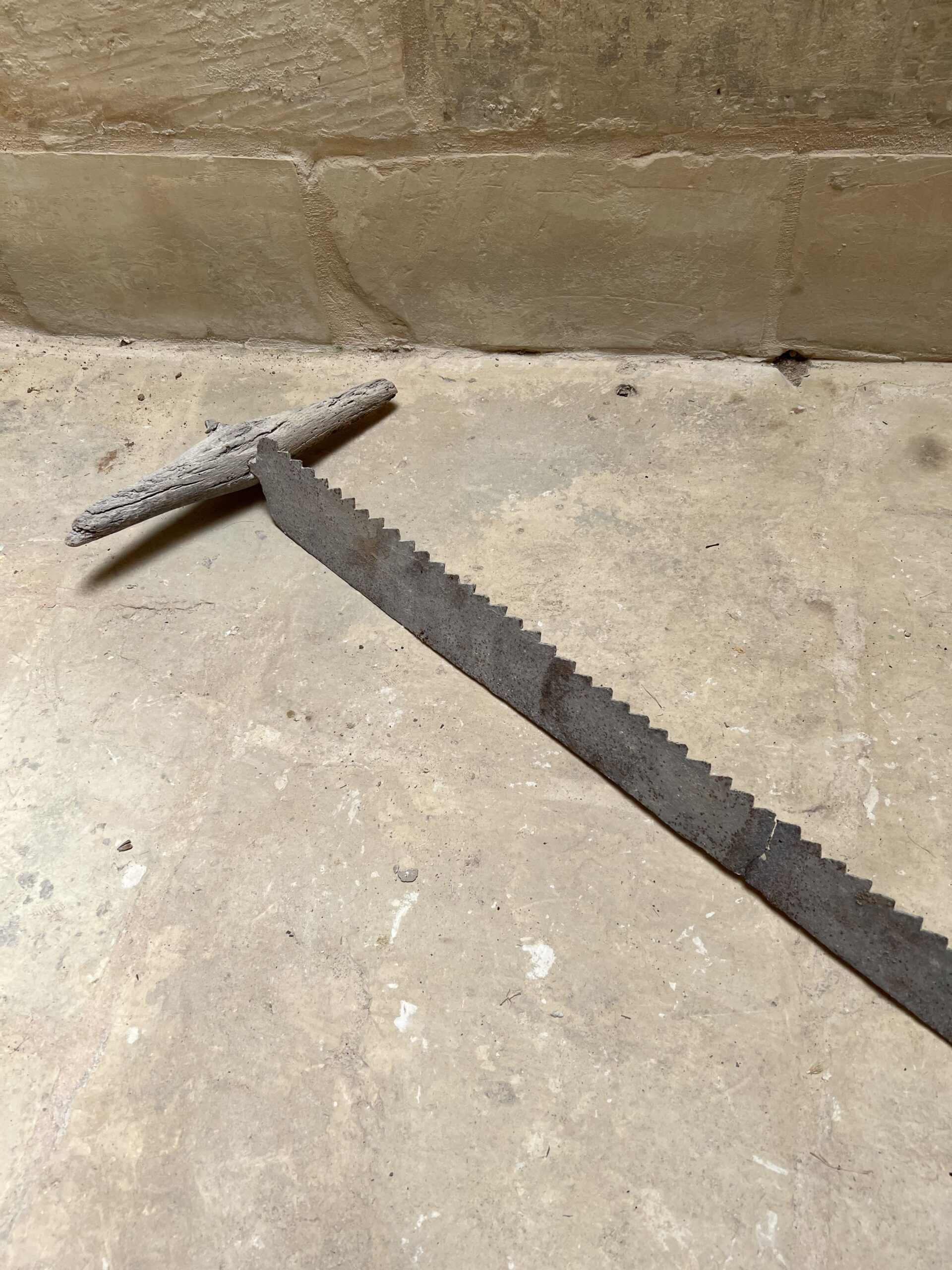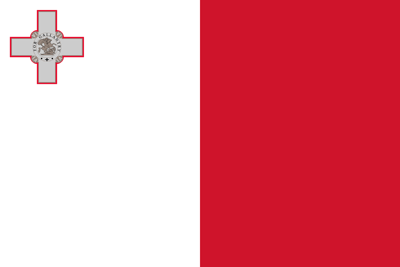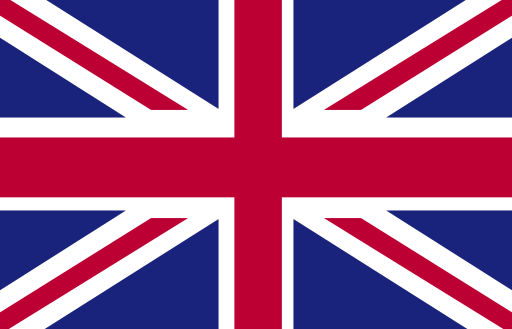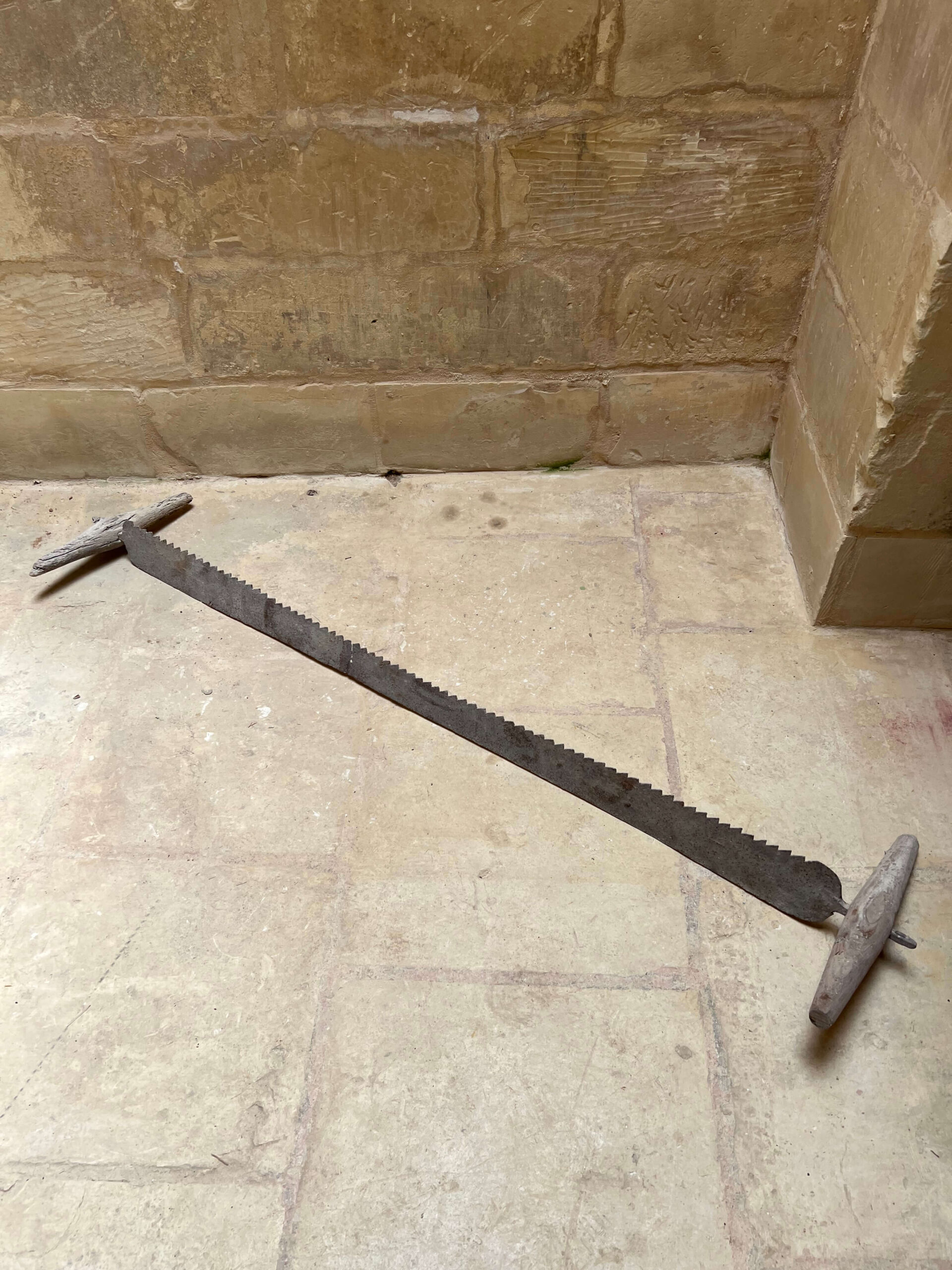Introduction
Welcome to Taxxierfa.com (“we,” “our,” or “us”). By accessing or using our website, you agree to comply with and be bound by these Terms & Conditions. If you do not agree to these terms, please do not use our website.
Use of the Website
By using Taxxierfa.com, you agree to use the website for lawful purposes only. You must not use our website in any way that is unlawful, harmful, or in violation of any applicable law or regulation.
Prohibited Activities
When using our website, you agree NOT to:
- Copy, distribute, or modify any part of our website without prior written consent.
- Use any images, text, or content from our website for commercial purposes without permission.
- Engage in any activity that may harm or disrupt the functionality of our website.
- Attempt to gain unauthorized access to our systems or data.
Intellectual Property
All content on Taxxierfa.com, including text, images, graphics, logos, and other materials, is the intellectual property of Taxxierfa.com or its content creators. You are not permitted to use, copy, or distribute any content from our website without our explicit written permission.
Image Use Policy
Images and other media on Taxxierfa.com are protected by copyright law. You may not use any images from our website for commercial purposes without our permission. Unauthorized use of images may result in legal action.
User-Generated Content
If you submit any content to our website, including comments, reviews, or other user-generated content, you grant us a non-exclusive, royalty-free, perpetual license to use, modify, and distribute your content.
You agree that:
- Your content will not contain any offensive, illegal, or harmful material.
- You have the right to submit the content and that it does not infringe on any third-party rights.
Disclaimer of Warranties
Taxxierfa.com is provided on an “as-is” and “as available” basis. We make no representations or warranties of any kind, express or implied, regarding the operation of the website or the information, content, or materials provided on it. To the fullest extent permitted by law, we disclaim all warranties, express or implied, including but not limited to implied warranties of merchantability and fitness for a particular purpose.
Limitation of Liability
In no event shall Taxxierfa.com, its owners, employees, or affiliates be liable for any damages arising from your use of our website. This includes, but is not limited to, direct, indirect, incidental, punitive, and consequential damages.
Third-Party Links
Our website may contain links to third-party websites that are not operated or controlled by us. We are not responsible for the content, privacy policies, or practices of any third-party websites. We recommend that you review the terms and privacy policies of any third-party websites you visit.
Privacy Policy
Please refer to our Privacy Policy for information on how we collect, use, and protect your personal information.
Changes to These Terms
We reserve the right to update or modify these Terms & Conditions at any time without prior notice. Any changes will be posted on this page with an updated effective date. Your continued use of the website after any changes signifies your acceptance of the new terms.
Governing Law
These Terms & Conditions are governed by and construed in accordance with the laws of Malta. Any disputes arising under or in connection with these terms shall be subject to the exclusive jurisdiction of the courts of Malta.
Contact Us
If you have any questions about these Terms & Conditions, please contact us at:
Email: info@taxxierfa.com
Effective Date: January 15, 2025




